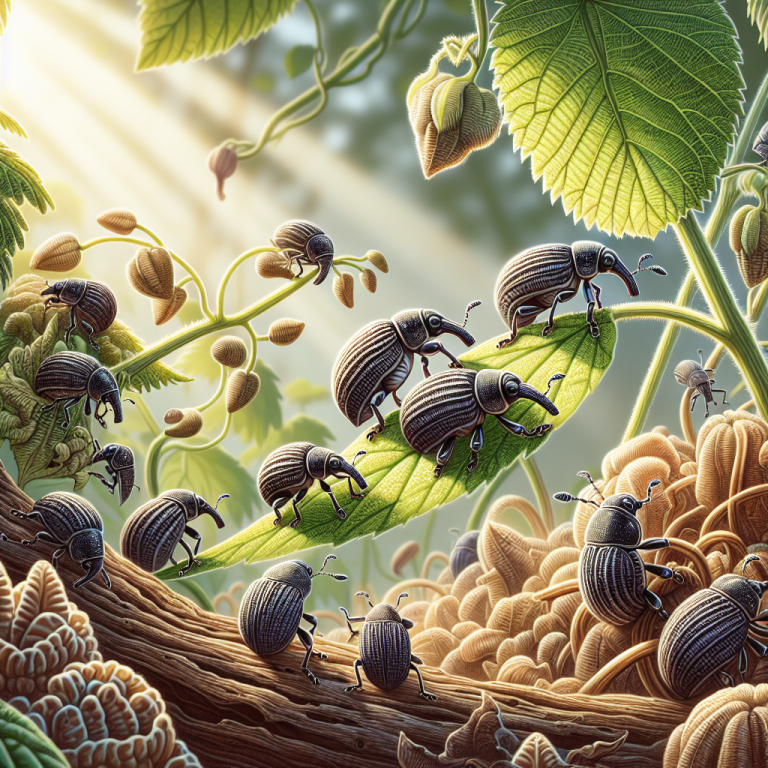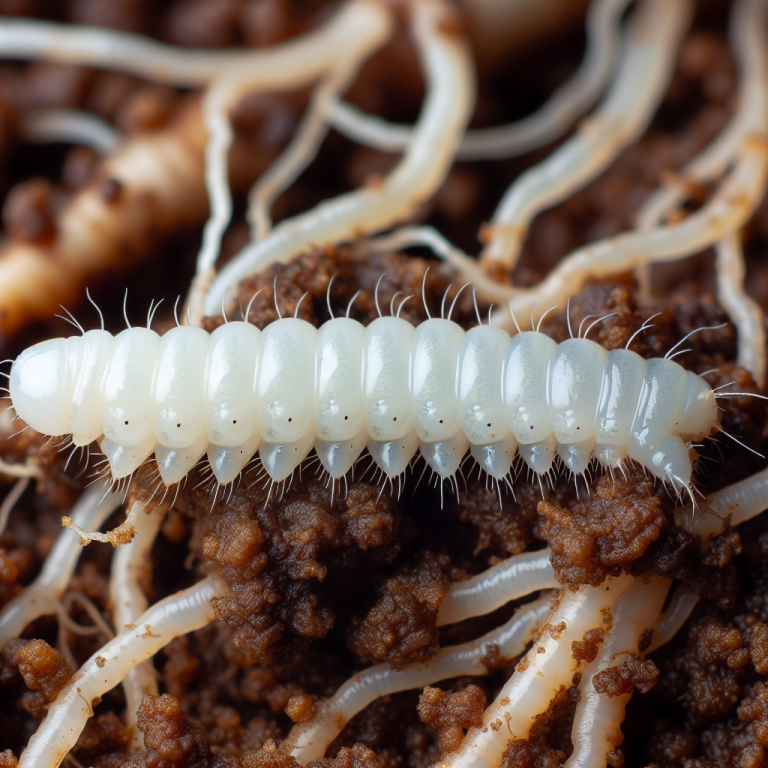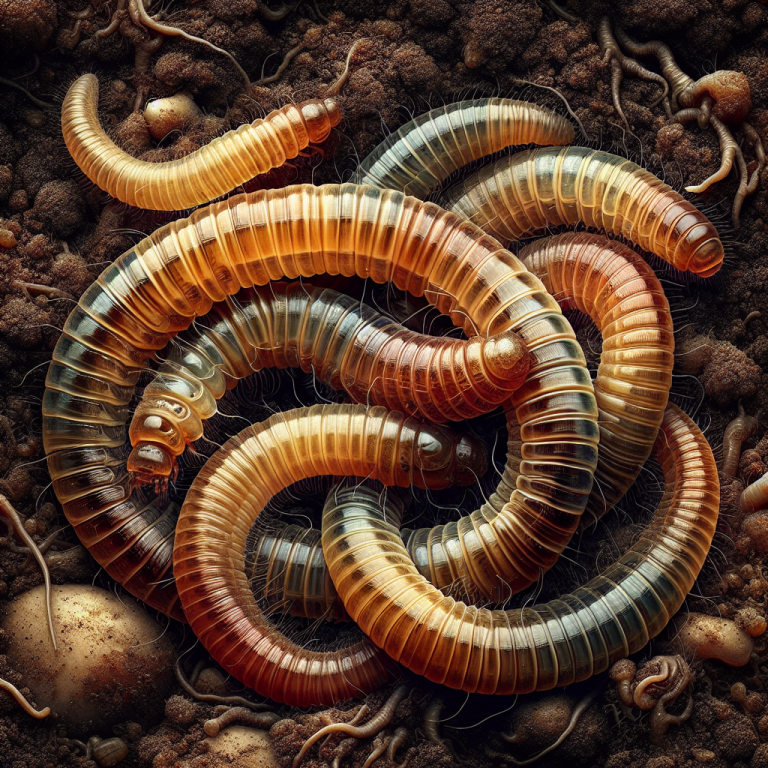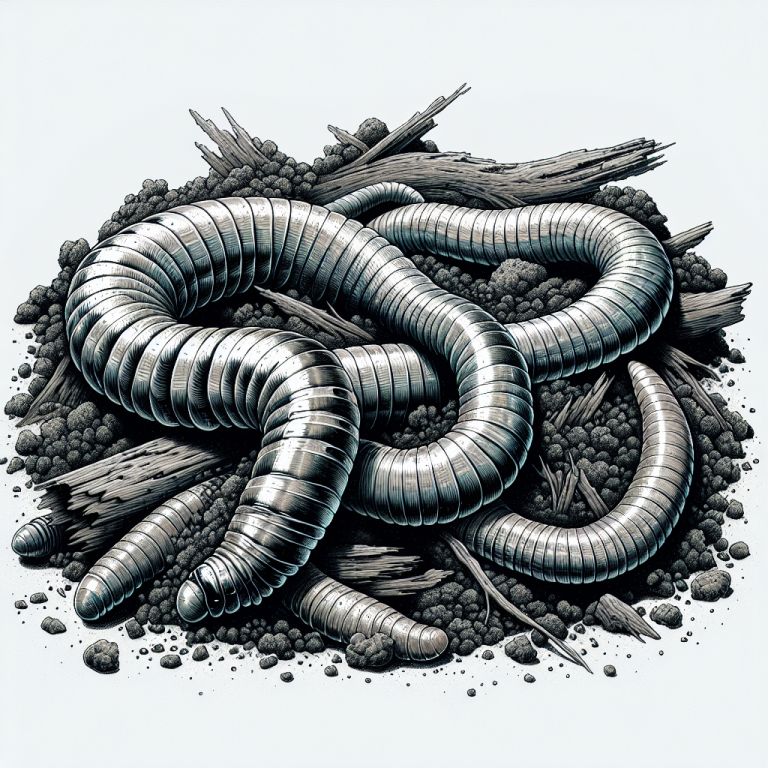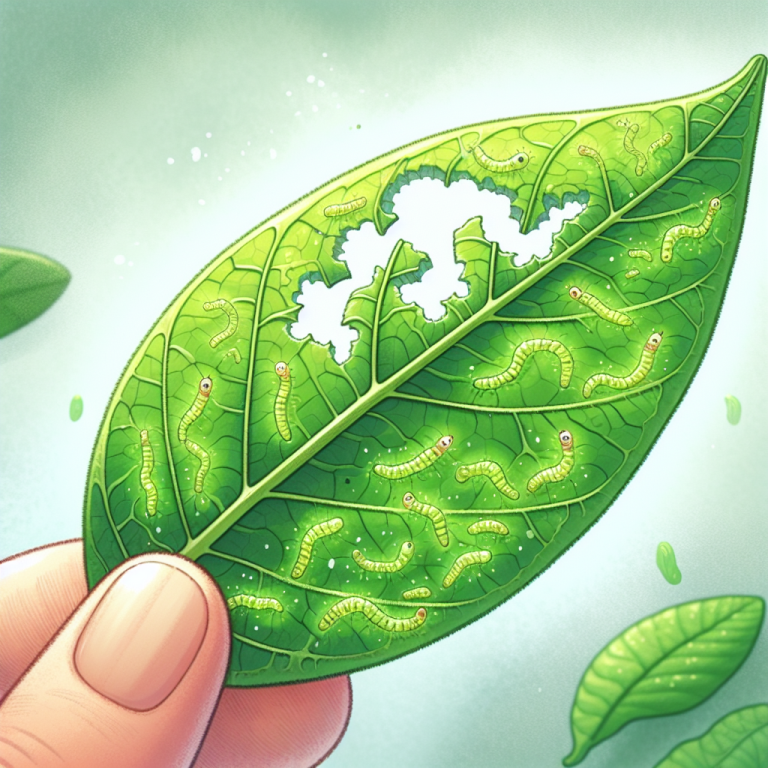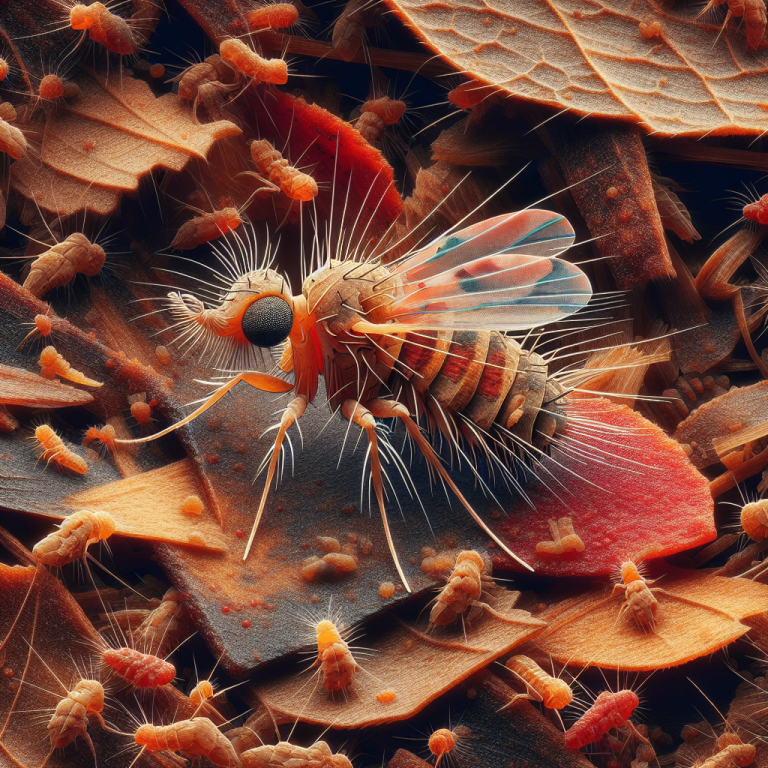Vine Weevils
(Insert captivating image here: A close-up showing numerous Colorado potato beetles devouring potato leaves, with visible leaf damage.)
The Colorado potato beetle: a tiny terror wreaking havoc on potato crops worldwide. This striped menace is a gardener’s nightmare, capable of decimating a potato plant in a matter of days. Its voracious larvae and adults devour potato leaves, stems, and even tubers, leaving behind a skeletonized plant and significantly reduced yields. Starting as tiny orange eggs laid on the underside of leaves, the beetle progresses through several larval stages before pupating and emerging as a hungry adult, ready to repeat the destructive cycle. But don’t despair! This blog post dives deep into identifying this pest, offering comprehensive strategies for prevention, organic control methods, and when chemical intervention might be necessary. Learn how to safeguard your potato harvest and win the war against this infamous beetle!
